Pimsleur Comprehensive Korean Level 2 - Discount - Audio 16 CD
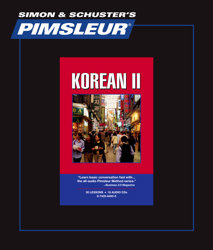
Pimsleur Comprehensive Korean Level 2
Get other Pimsleur Comprehensive Korean click here
Get other Korean Language audio click here
Comprehensive Korean II includes 30 additional lessons (16 hrs.), plus Readings, which build upon the language skills acquired in Level I. Increased spoken and reading language ability.
Level II will double your vocabulary and grammatical structures while increasing your spoken proficiency exponentially. Upon completion of a Level II, you will be able to:
* engage in fuller conversations involving yourself, your family, daily activities, interests and personal preferences,
* combine known elements into increasingly longer sentences and strings of sentences,
* create with language and function in informal situations,
* deal with concrete topics in the past, present, and future,
* meet social demands and limited job requirements,
* begin reading for meaning.
Note: In order for the Pimsleur Method to work correctly, you must first complete the Level I language program before proceeding to the Level II language program.
About the Korean Language
Koreanis the official language of both North Korea and South Korea. It is also one of the two official languages in the Yanbian Korean Autonomous Prefecture in China. There are about 80 million Korean speakers, with large groups in various Post-Soviet states, as well as in other diaspora populations in China, Australia, the United States, Canada, Brazil, Japan, and more recently, the Philippines.
The genealogical classification of the Korean language is debated. Many linguists place it in the Altaic language family, but some consider it to be a language isolate. It is agglutinative in its morphology and SOV in its syntax. Like the Japanese and Vietnamese languages, Korean language was influenced by the Chinese language in the form of Sino-Korean words. Native Korean words account for about 35% of the Korean vocabulary, while about 60% of the Korean vocabulary consists of Sino-Korean words. The remaining 5% comes from loan words from other languages, 90% of which are from English.
Names
The Korean names for the language are based on the names for Korea used in North and South Korea.
In North Korea and Yanbian in China, the language is most often called Chosŏnmal , or more formally, Chosŏnŏ.
In the Republic of Korea, the language is most often called Hangukmal , or more formally, Hangugeo or Gugeo . It is sometimes colloquially called Urimal ("our language"; in one word in South Korea, with a space in North Korea).
On the other hand, Korean people in the former USSR, who refer to themselves as Koryo-saram call the language Goryeomal .
Classification
The classification of the modern Korean language is uncertain, and due to the lack of any one generally accepted theory, it is sometimes described conservatively as a language isolate.
Since the publication of the article of Ramstedt in 1926, many linguists support the hypothesis that Korean can be classified as an Altaic language, or as a relative of proto-Altaic. Korean is similar to Altaic languages in that they both lack certain grammatical elements, including number, gender, articles, fusional morphology, voice, and relative pronouns (Kim Namkil). Korean especially bears some morphological resemblance to some languages of the Eastern Turkic group, namely Sakha (Yakut). Vinokurova, a scholar of the Sakha language, noted that like in Korean, and unlike in other Turkic languages or a variety of other languages surveyed, adverbs in Sakha are derived from verbs with the help of derivational morphology; however, she did not suggest this implied any relation between the two languages.
It is also considered likely that Korean is related in some way to Japanese, since the two languages have a similar grammatical structure. Genetic relationships have been postulated both directly and indirectly, the latter either through placing both languages in the Altaic family, or by arguing for a relationship between Japanese and the Buyeo languages of Goguryeo and Baekje (see below); the proposed Baekje relationship is supported additionally by phonological similarities such as the general lack of consonant-final sounds, and by cognates such as Baekje mir, Japanese mi- "three". Furthermore, there are known cultural links between Baekje and Japan; historical evidence shows that, in addition to playing a large role in the founding and growth of Yamato Japan, many of the Baekje upper classes, as well as the artisans and merchants, fled to Japan when the kingdom fell (a theory which appeared to be endorsed by Japanese Emperor Akihito in a speech marking his 68th birthday).
Others argue, however, that the similarities are not due to any genetic relationship, but rather to a sprachbund effect. See East Asian languages for morphological features shared among languages of the East Asian sprachbund, and Japanese language classification for further details on the possible relationship.
Of the ancient languages attested in the Korean Peninsula, modern Korean is believed to be a descendent of the languages of Samhan and Silla; it is unknown whether these are related to the Buyeo languages, though many Korean scholars believe they were mutually intelligible, and the collective basis of what in the Goryeo period would merge to become Middle Korean (the language before the changes that the Seven-Year War brought) and eventually Modern Korean. The Jeju dialect preserves some archaic features that can also be found in Middle Korean, whose arae a is retained in the dialect as a distinct vowel.
There are also fringe theories proposing various other relationships; for example, a few linguists such as Homer B. Hulbert have also tried to relate Korean to the Dravidian languages through the similar syntax in both.
Dialects
Korean dialects
Korean has several dialects (called mal [literally "speech"], saturi, or bang-eon in Korean). The standard language (pyojuneo or pyojunmal) of South Korea is based on the dialect of the area around Seoul, and the standard for North Korea is based on the dialect spoken around P'yŏngyang. These dialects are similar, and are in fact all mutually intelligible, perhaps with the exception of the dialect of Jeju Island (see Jeju Dialect). The dialect spoken in Jeju is in fact classified as a different language by some Korean linguists. One of the most notable differences between dialects is the use of stress: speakers of Seoul dialect use stress very little, and standard South Korean has a very flat intonation; on the other hand, speakers of the Gyeongsang dialect have a very pronounced intonation.
It is also worth noting that there is substantial evidence for a history of extensive dialect levelling, or even convergent evolution or intermixture of two or more originally distinct linguistic stocks, within the Korean language and its dialects. Many Korean dialects have basic vocabulary that is etymologically distinct from vocabulary of identical meaning in Standard Korean or other dialects, such as South Jeolla dialect /kur/ vs. Standard Korean /ip/ "mouth" or Gyeongsang dialect / vs. Standard Korean / "garlic chives." This suggests that the Korean Peninsula may have at one time been much more linguistically diverse than it is at present..
There is a very close connection between the dialects of Korean and the regions of Korea, since the boundaries of both are largely determined by mountains and seas. Here is a list of traditional dialect names and locations:
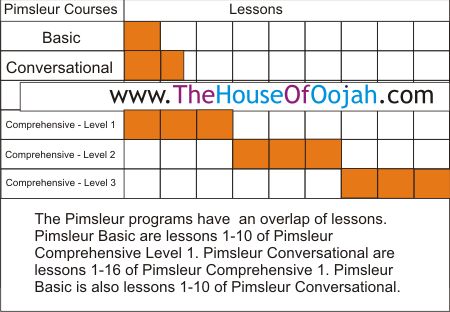

 0 Items (Empty)
0 Items (Empty)
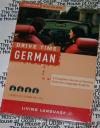
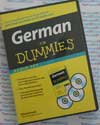
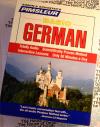
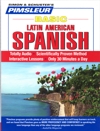
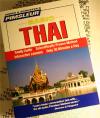
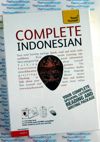
 (Custom).png)
